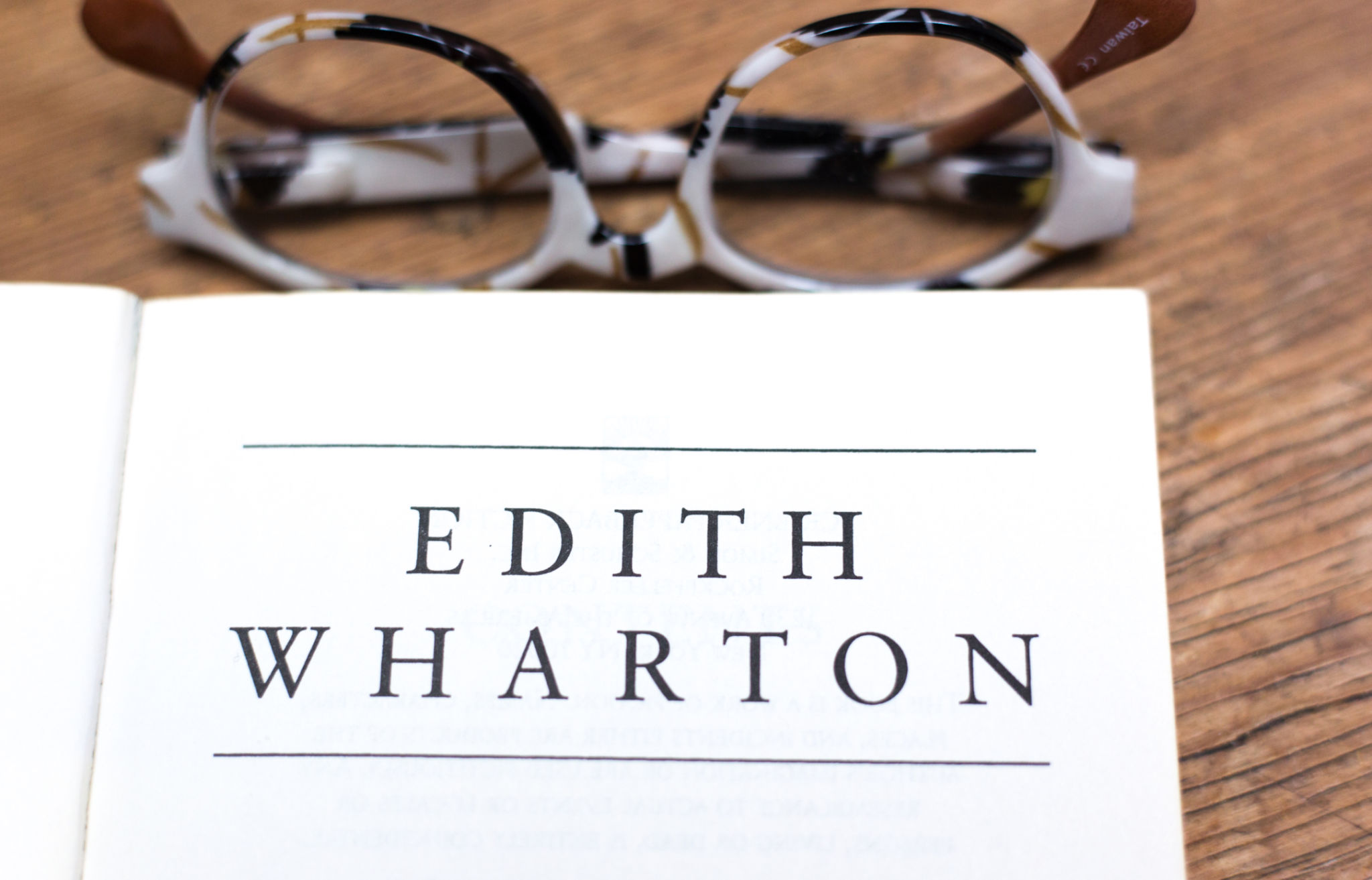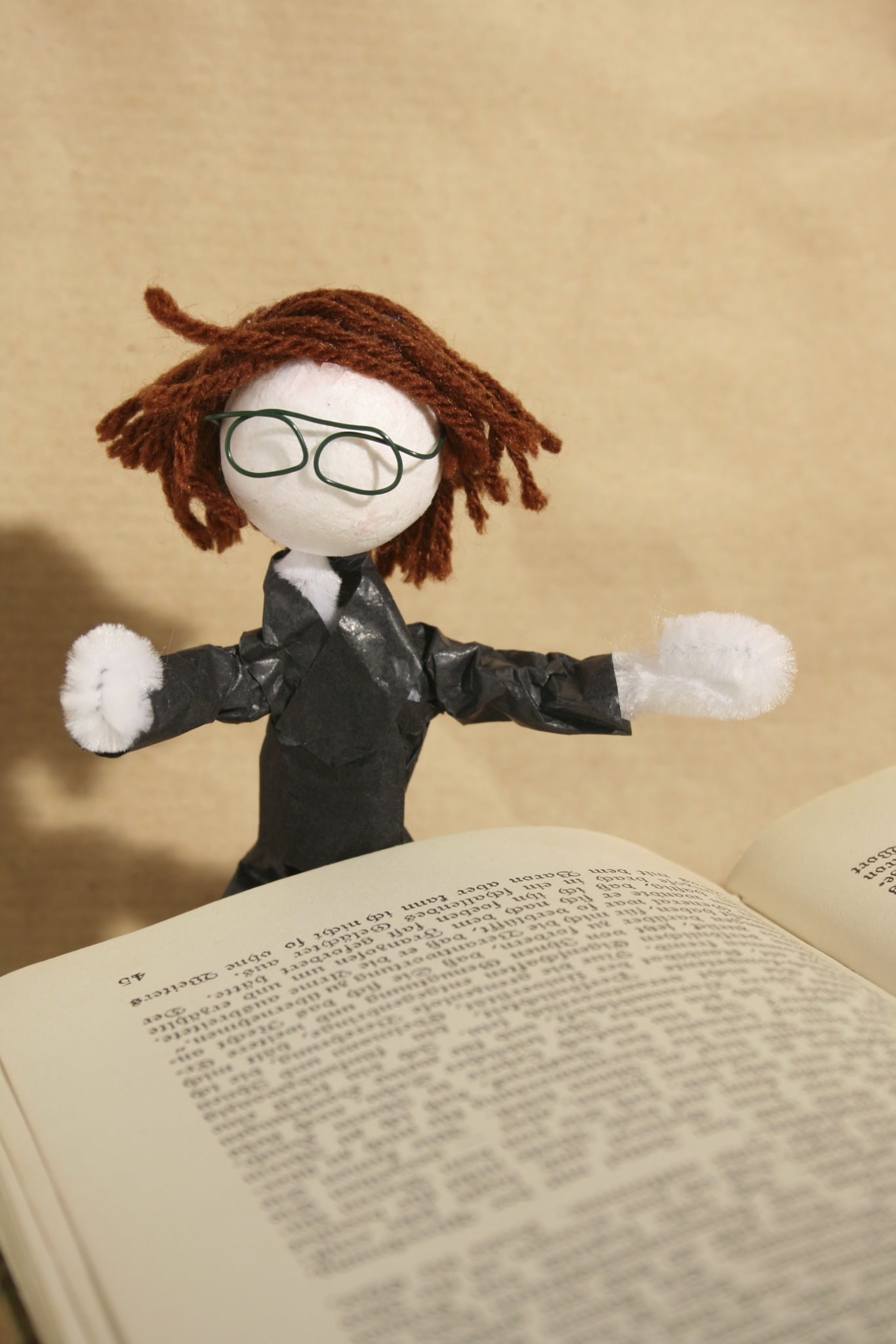The Other Woman: Unveiling the Allure of Infidelity in Fiction
The Allure of the Other Woman in Fiction
Infidelity is a theme that has captivated readers and audiences for centuries, offering a tantalizing exploration of desire, betrayal, and moral complexity. Among the many facets of infidelity in fiction, the figure of "the other woman" stands out as particularly compelling. Her presence in literature often serves as a catalyst for drama, conflict, and introspection, unraveling the intricate tapestry of human relationships.

The Complexity of Desire
The allure of the other woman lies in her embodiment of the unknown and the forbidden. She represents a departure from the mundane, an escape from the everyday routine. This character is often portrayed as enigmatic, mysterious, and irresistibly alluring. Such depictions tap into the universal human curiosity about what lies beyond the familiar, fueling narratives that delve into the depths of desire and attraction.
In many stories, the other woman is not merely a temptress but a fully realized character with her own motivations and desires. This complexity forces both characters and readers to confront the multifaceted nature of infidelity. Is it purely driven by lust, or are there deeper emotional currents at play?
Social Commentary and Moral Ambiguity
Fictional tales of infidelity often serve as a mirror to society's evolving attitudes towards love, marriage, and fidelity. As social norms shift, so do the portrayals of these themes in literature. The other woman can be portrayed as a villain or a victim, reflecting our collective anxieties and judgments surrounding relationships.

The moral ambiguity surrounding infidelity allows authors to explore complex themes without offering clear-cut answers. Many narratives challenge readers to consider multiple perspectives, encouraging empathy and understanding rather than simplistic moralizing. This ambiguity often leads to rich discussions about personal values and societal expectations.
The Impact on Relationships
The introduction of the other woman in a narrative invariably impacts the dynamics between characters, bringing underlying tensions to the surface. Whether she acts as a catalyst for change or a destructive force, her presence compels characters to reevaluate their relationships and themselves.
This disruption often leads to profound character development, as individuals confront their own flaws and desires. It can lead to reconciliation or further estrangement, but it always provokes introspection and growth.

Enduring Fascination
The other woman's enduring appeal in fiction can be attributed to her ability to encapsulate universal themes of longing, betrayal, and transformation. Her presence invites readers to explore the complexities of human emotions and relationships in ways that are both engaging and thought-provoking.
As long as stories are told, the figure of the other woman will continue to captivate imaginations, providing fertile ground for exploring the intricate dance between love, desire, and morality.
